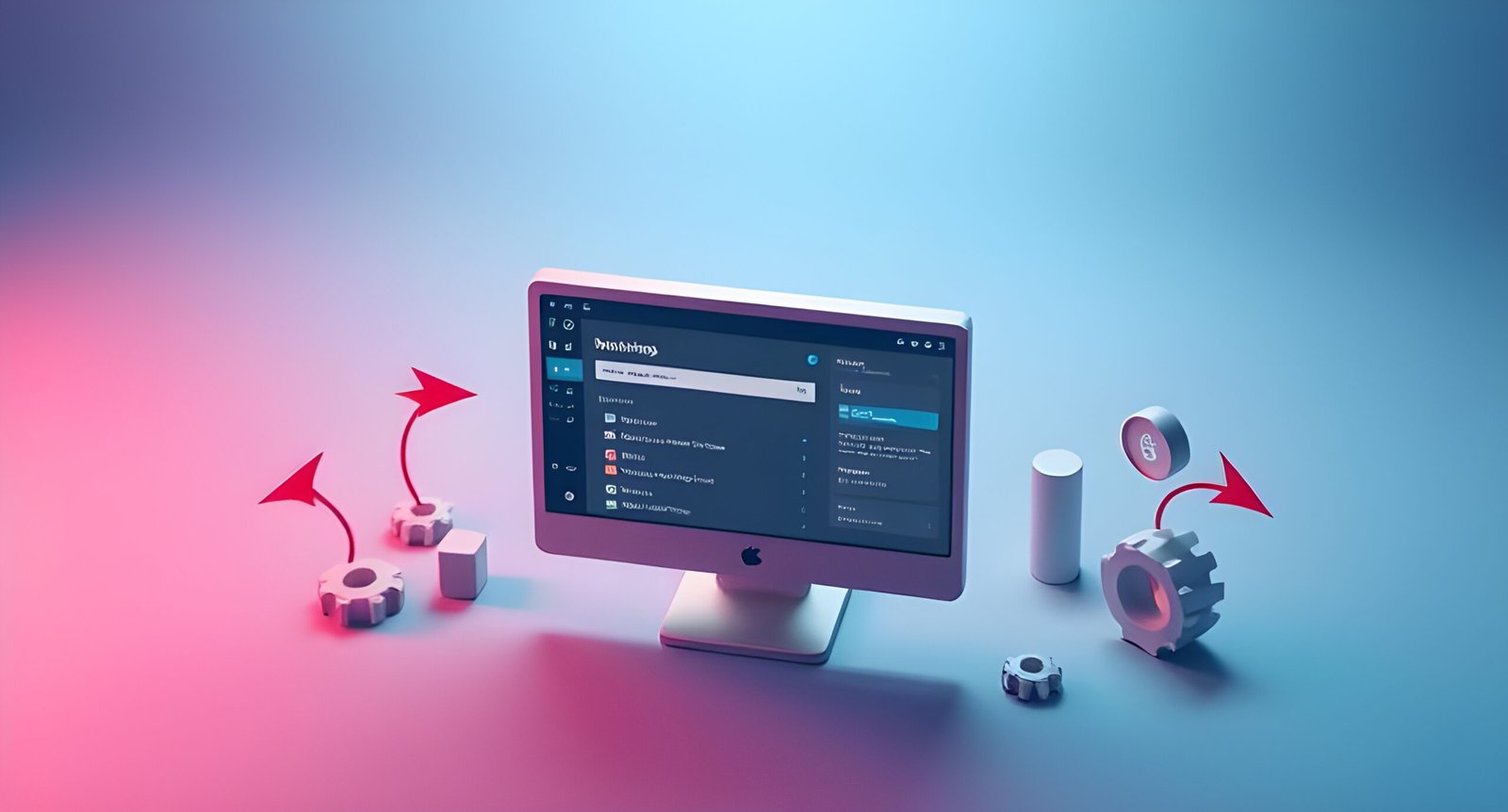Hooks and filters are the backbone of WordPress development, allowing you to customize and extend the functionality of your website without modifying core files. Whether you’re a beginner or an experienced developer, understanding how to use hooks and filters is essential for creating flexible and maintainable WordPress sites. In this guide, we’ll explain what hooks and filters are, how they work, and how to use them effectively.
What Are Hooks and Filters?
- Hooks: Hooks are points in WordPress where you can “hook” your custom code to modify or add functionality. There are two types of hooks:
- Actions: Used to add or modify functionality at specific points (e.g., adding a script when a page loads).
- Filters: Used to modify data before it is displayed or saved (e.g., changing the excerpt length).
How to Use Action Hooks
Action hooks allow you to execute custom code at specific points in the WordPress lifecycle. Here’s how to use them:
-
Find the Right Hook:
WordPress provides many built-in action hooks, such asinit,wp_enqueue_scripts, andwp_footer. Check the WordPress Hook Reference for a full list. -
Add Your Function:
Use theadd_action()function to attach your custom code to a hook. For example, to add a script in the footer:function my_custom_script() { echo '<script>console.log("Hello from the footer!");</script>'; } add_action('wp_footer', 'my_custom_script');
How to Use Filter Hooks
Filter hooks allow you to modify data before it is used or displayed. Here’s how to use them:
-
Find the Right Filter:
WordPress provides many built-in filters, such asthe_content,the_title, andexcerpt_length. Refer to the WordPress Hook Reference for details. -
Modify the Data:
Use theadd_filter()function to apply your changes. For example, to change the excerpt length:function custom_excerpt_length($length) { return 20; // Return 20 words } add_filter('excerpt_length', 'custom_excerpt_length');
Creating Custom Hooks
You can also create your own hooks to make your themes or plugins more flexible for other developers:
-
Create an Action Hook:
Usedo_action()to define a custom action hook:function my_custom_function() { // Your code here do_action('my_custom_action'); } -
Create a Filter Hook:
Useapply_filters()to define a custom filter hook:function my_custom_function($content) { return apply_filters('my_custom_filter', $content); }
Best Practices for Using Hooks and Filters
- Use Descriptive Names: Choose unique and meaningful names for your hooks and functions to avoid conflicts.
- Prioritize Correctly: Use the priority parameter in
add_action()oradd_filter()to control the order of execution. - Keep Code Modular: Use hooks and filters to keep your code organized and reusable.
- Document Your Hooks: If you’re creating a theme or plugin, document your custom hooks for other developers.
Examples of Common Use Cases
-
Enqueue Scripts and Styles:
Use thewp_enqueue_scriptsaction to load custom CSS and JavaScript.function my_theme_scripts() { wp_enqueue_style('my-theme-style', get_stylesheet_uri()); wp_enqueue_script('my-theme-script', get_template_directory_uri() . '/js/script.js'); } add_action('wp_enqueue_scripts', 'my_theme_scripts'); -
Modify Post Content:
Use thethe_contentfilter to add custom text to the end of posts.function add_custom_text($content) { return $content . '<p>Thank you for reading!</p>'; } add_filter('the_content', 'add_custom_text');
Conclusion
Hooks and filters are powerful tools that allow you to customize WordPress without touching core files. By mastering their use, you can create flexible, maintainable, and extensible themes and plugins.
Need Help?
If you’re new to hooks and filters, check out the WordPress Plugin Handbook or experiment with small projects to build your confidence.
Let us know in the comments how you’ve used hooks and filters in your WordPress projects!




